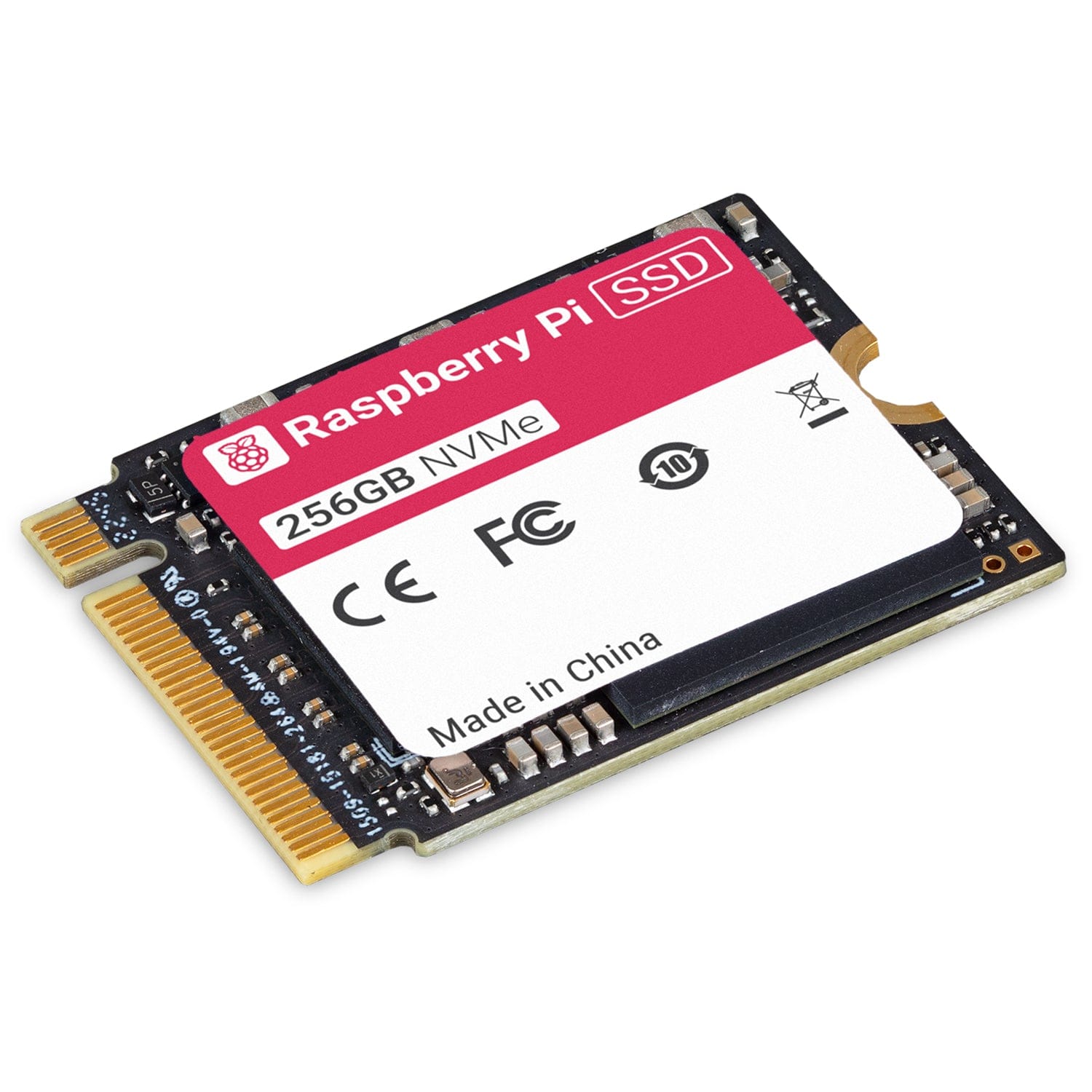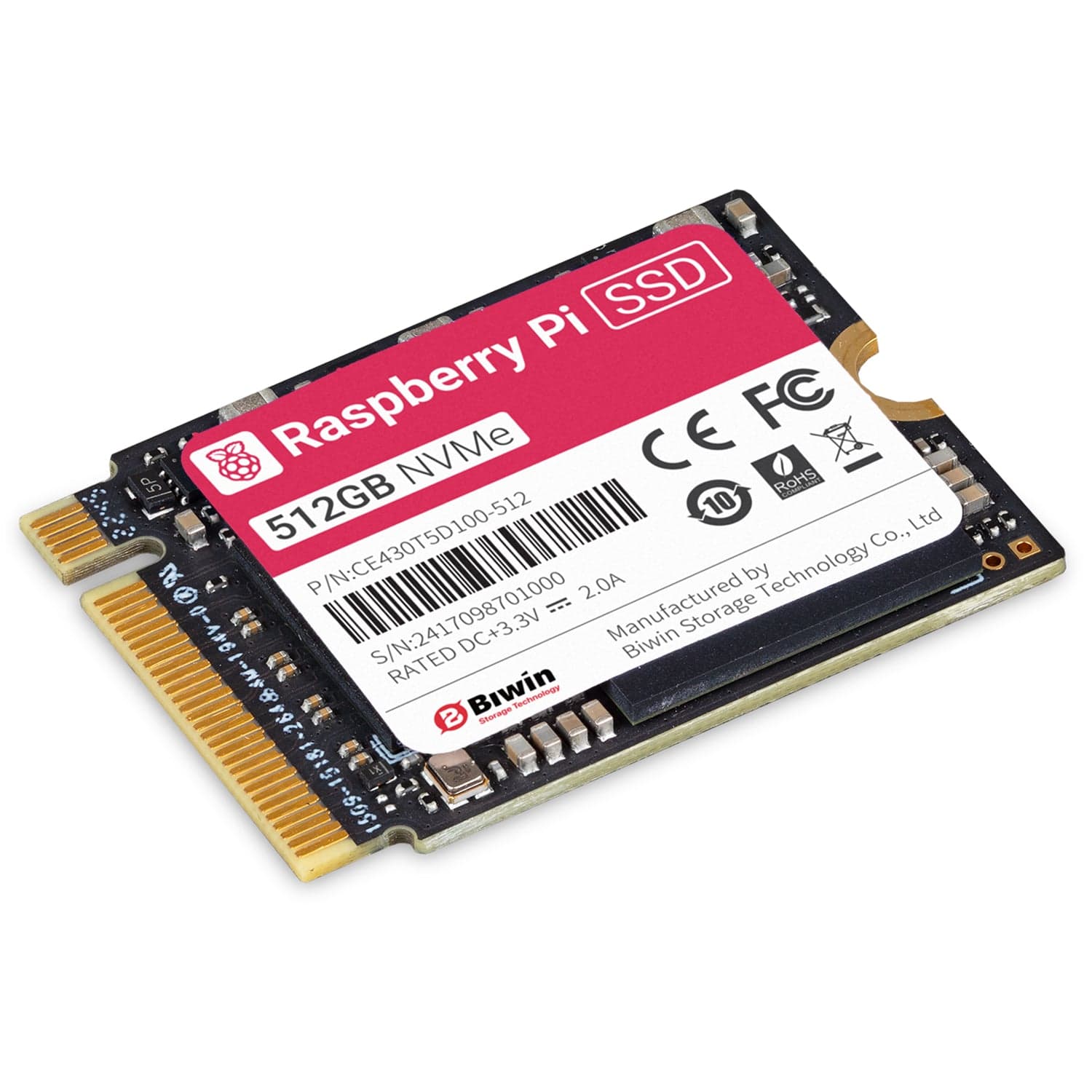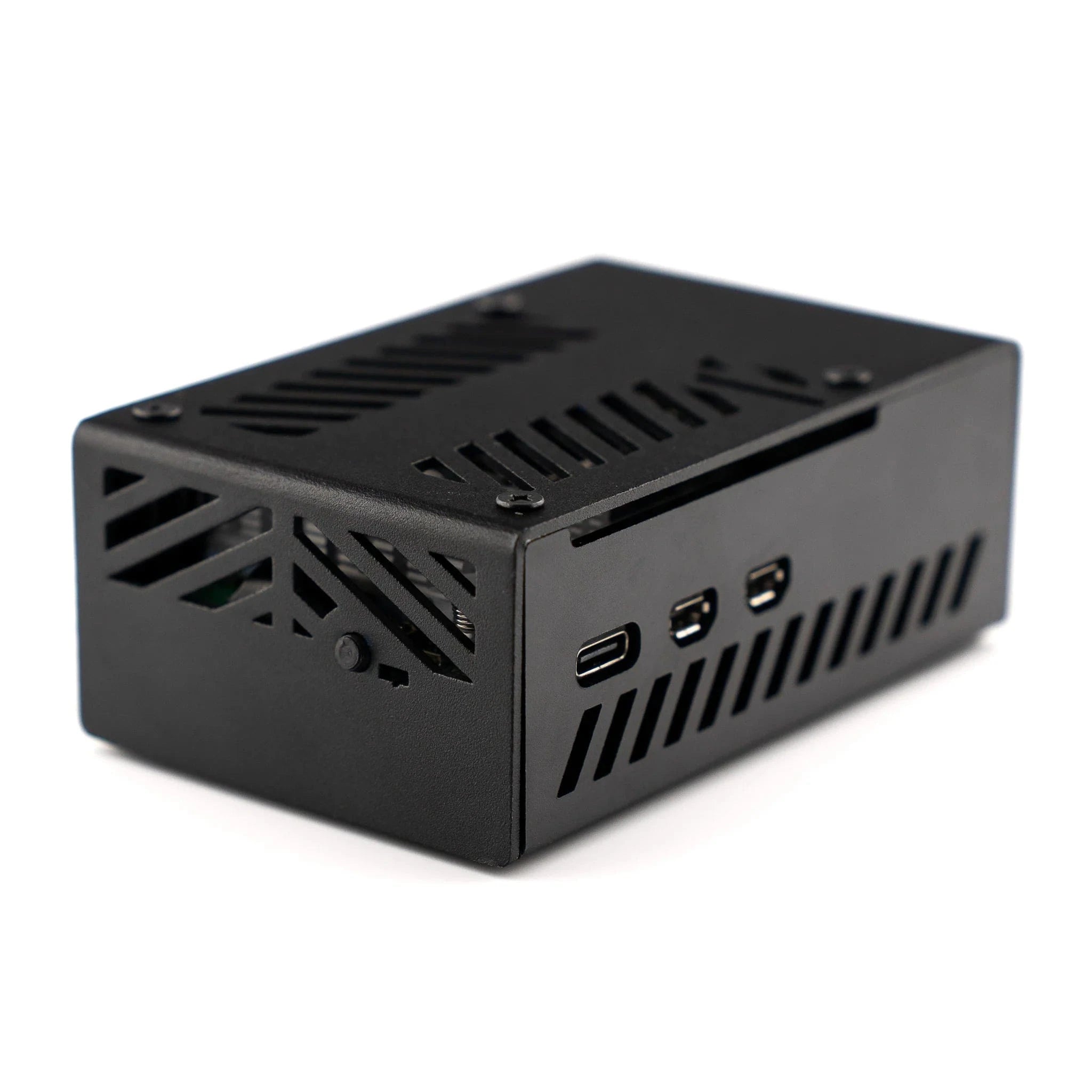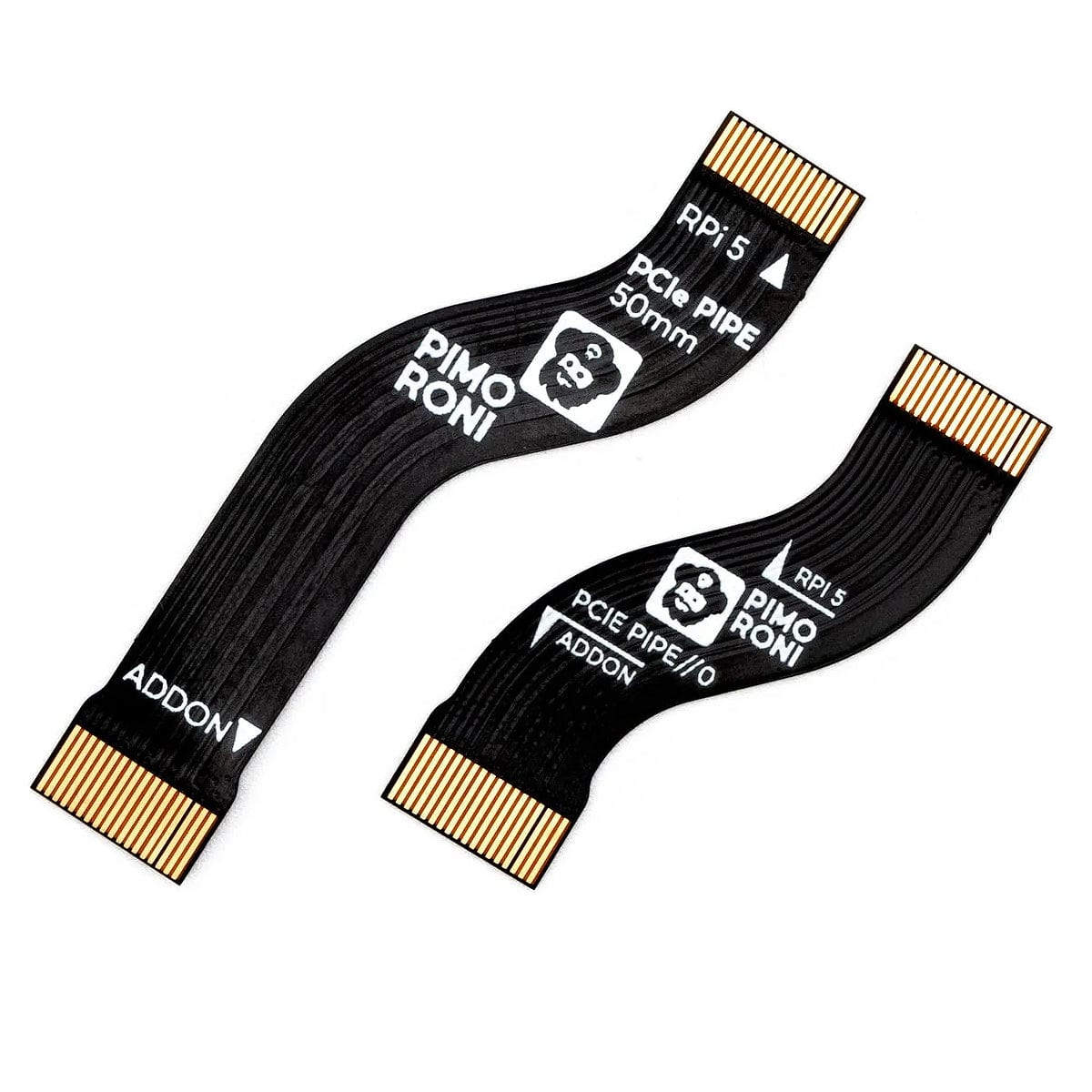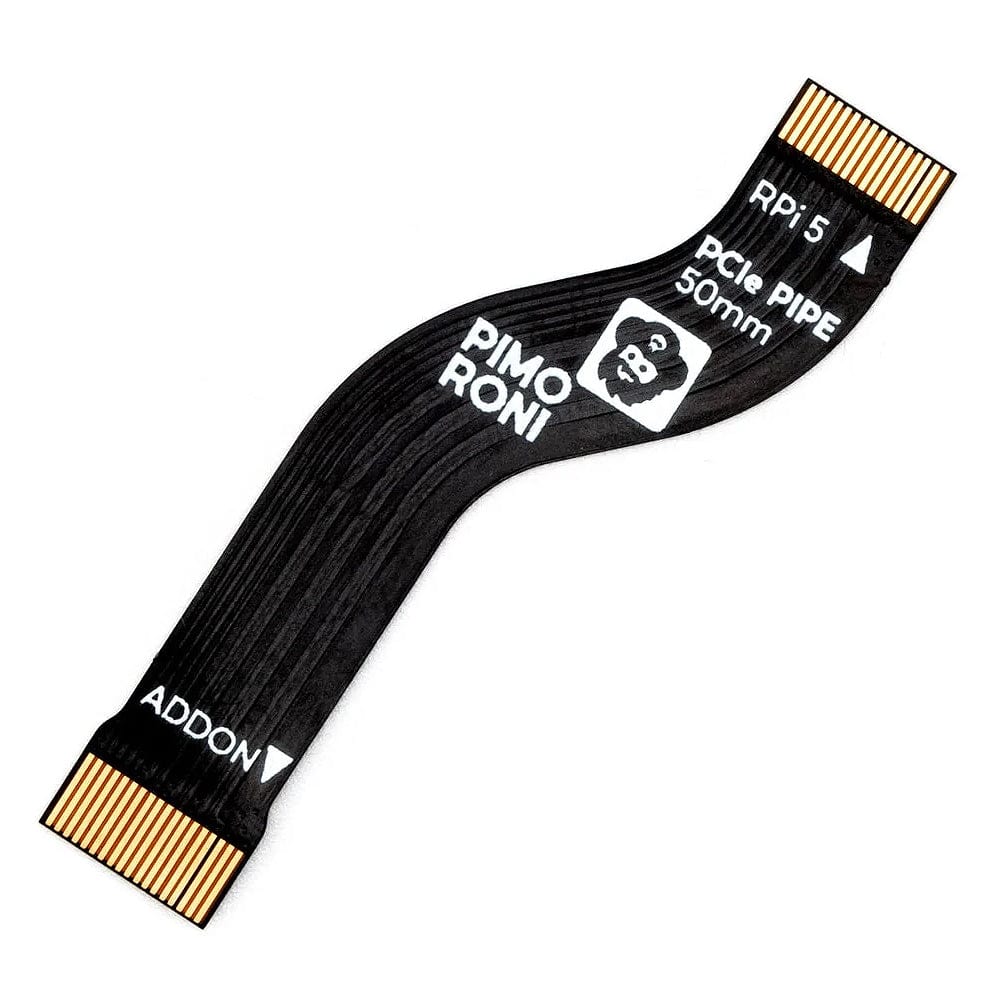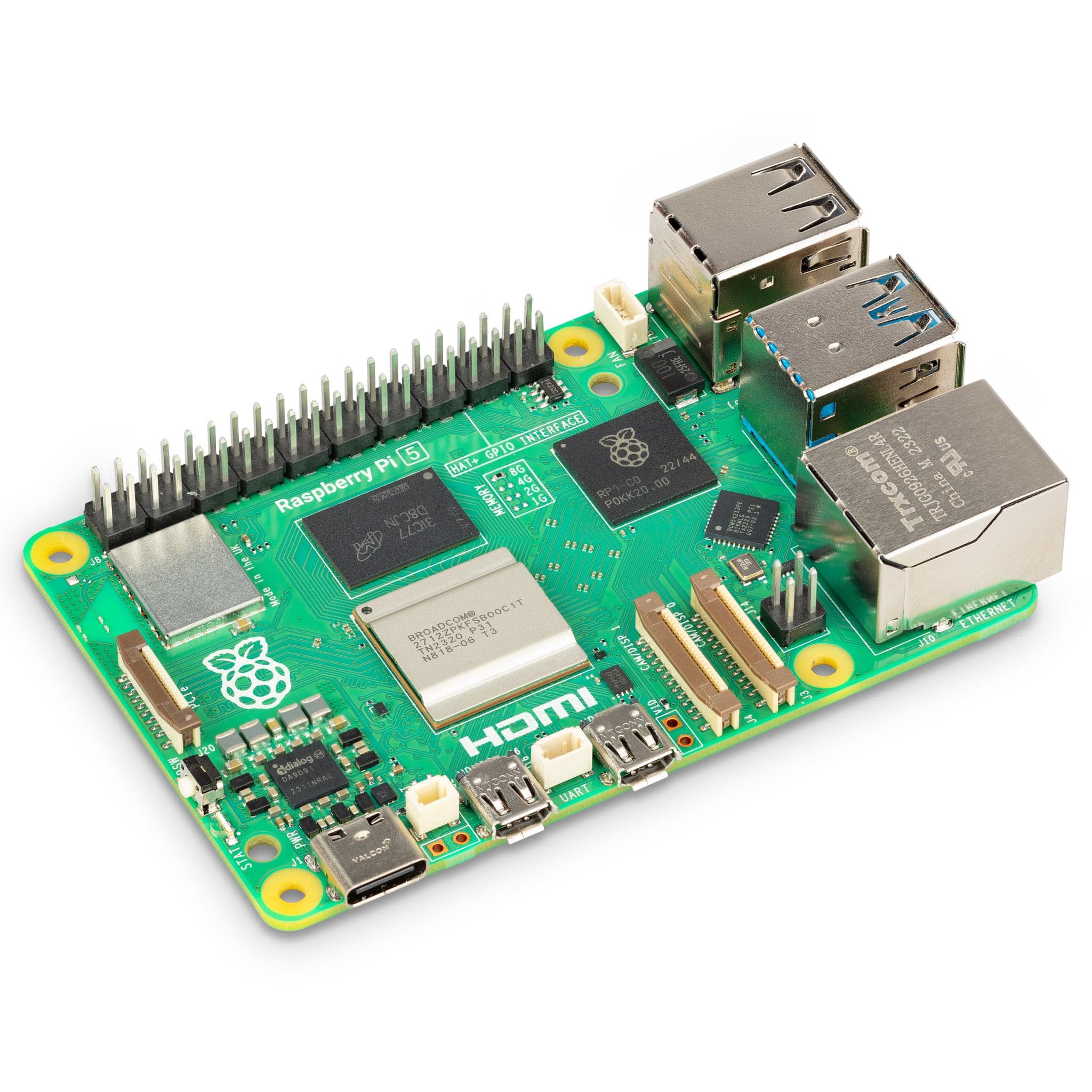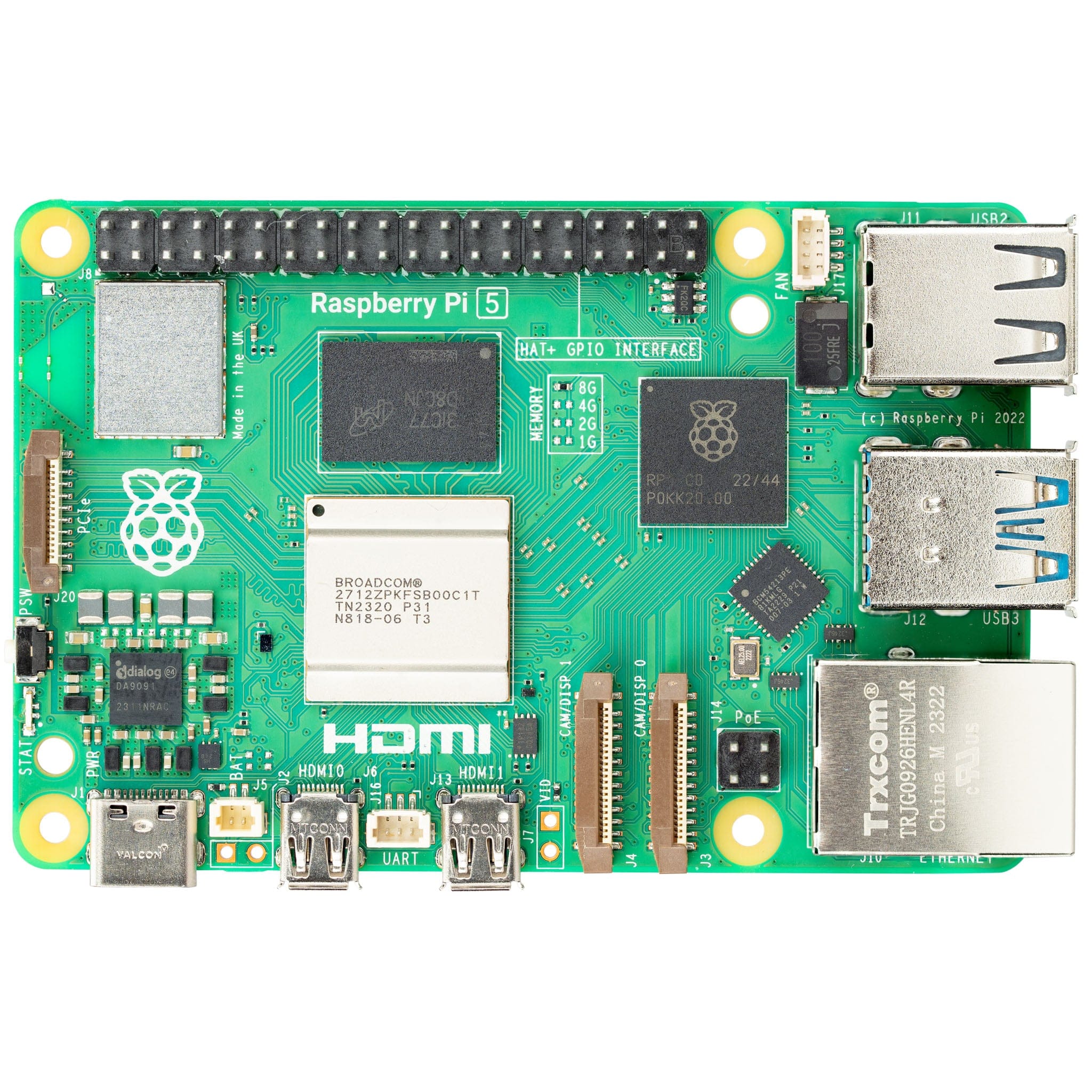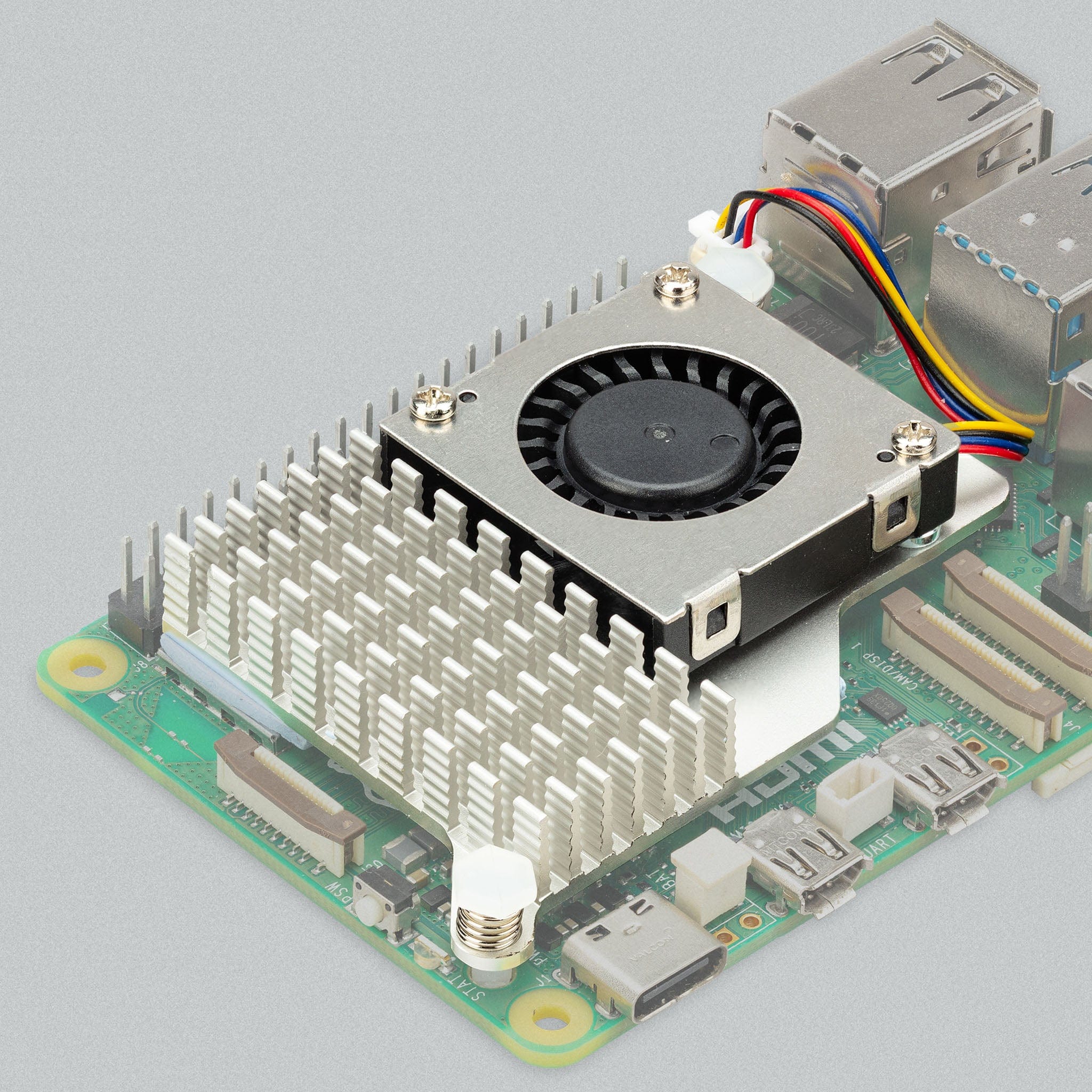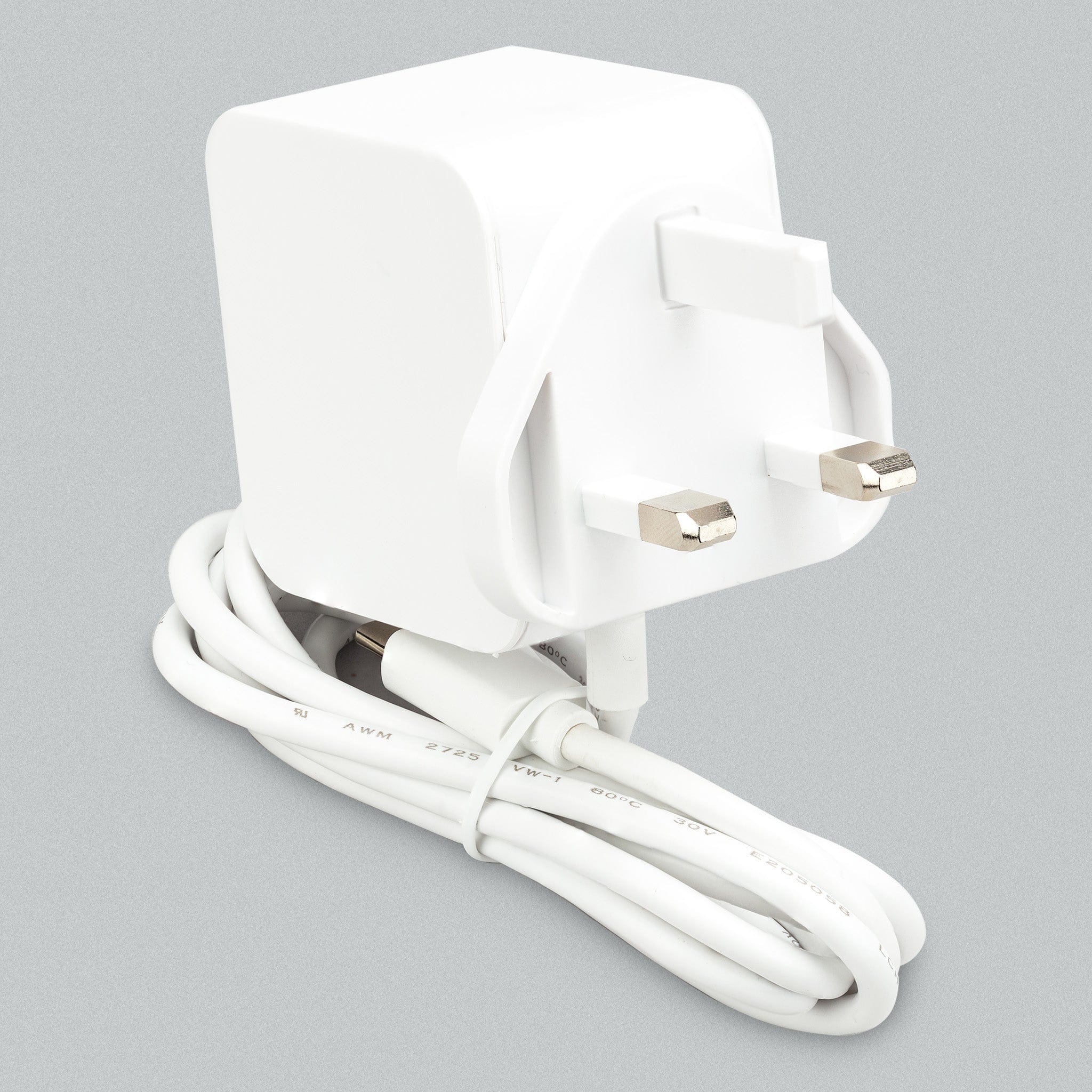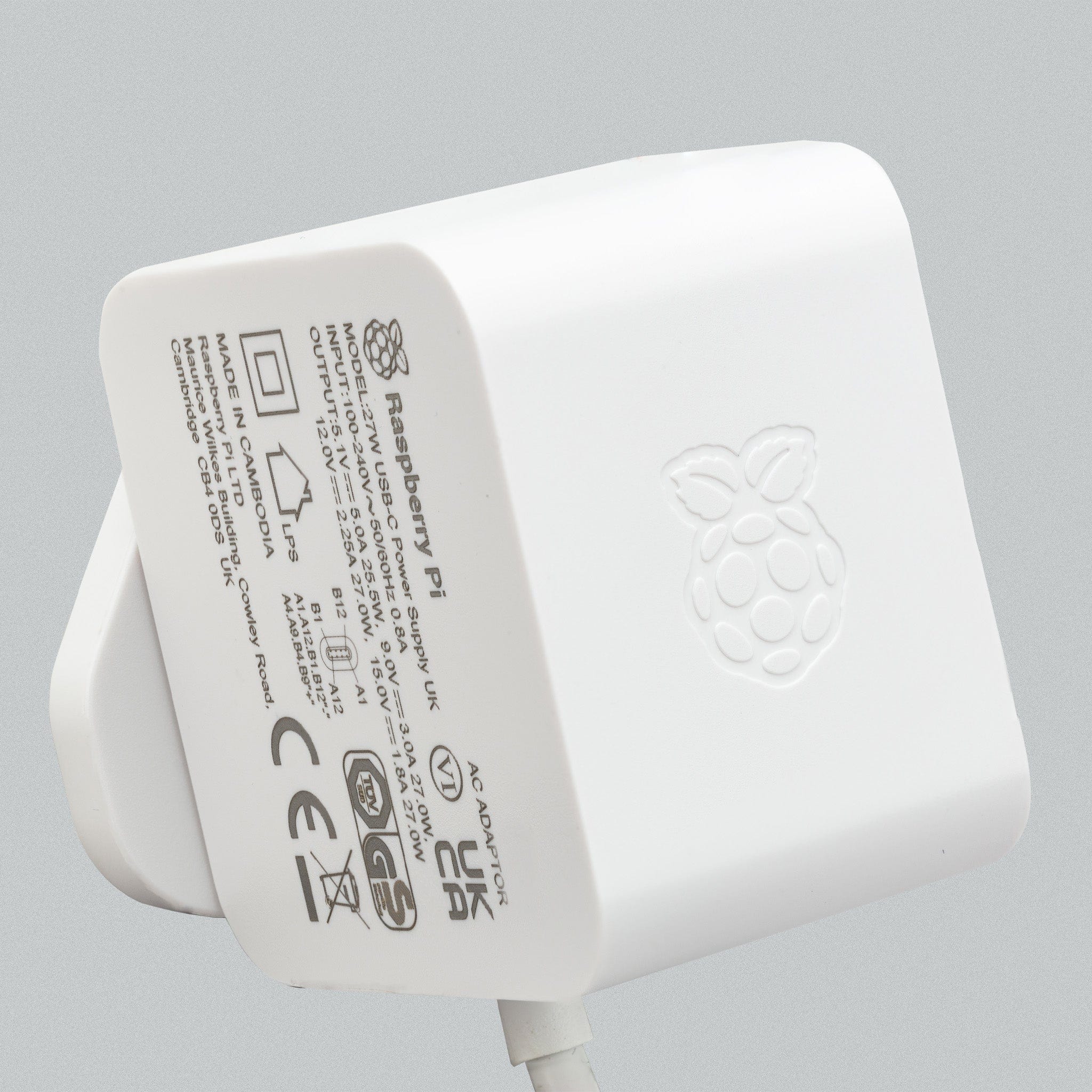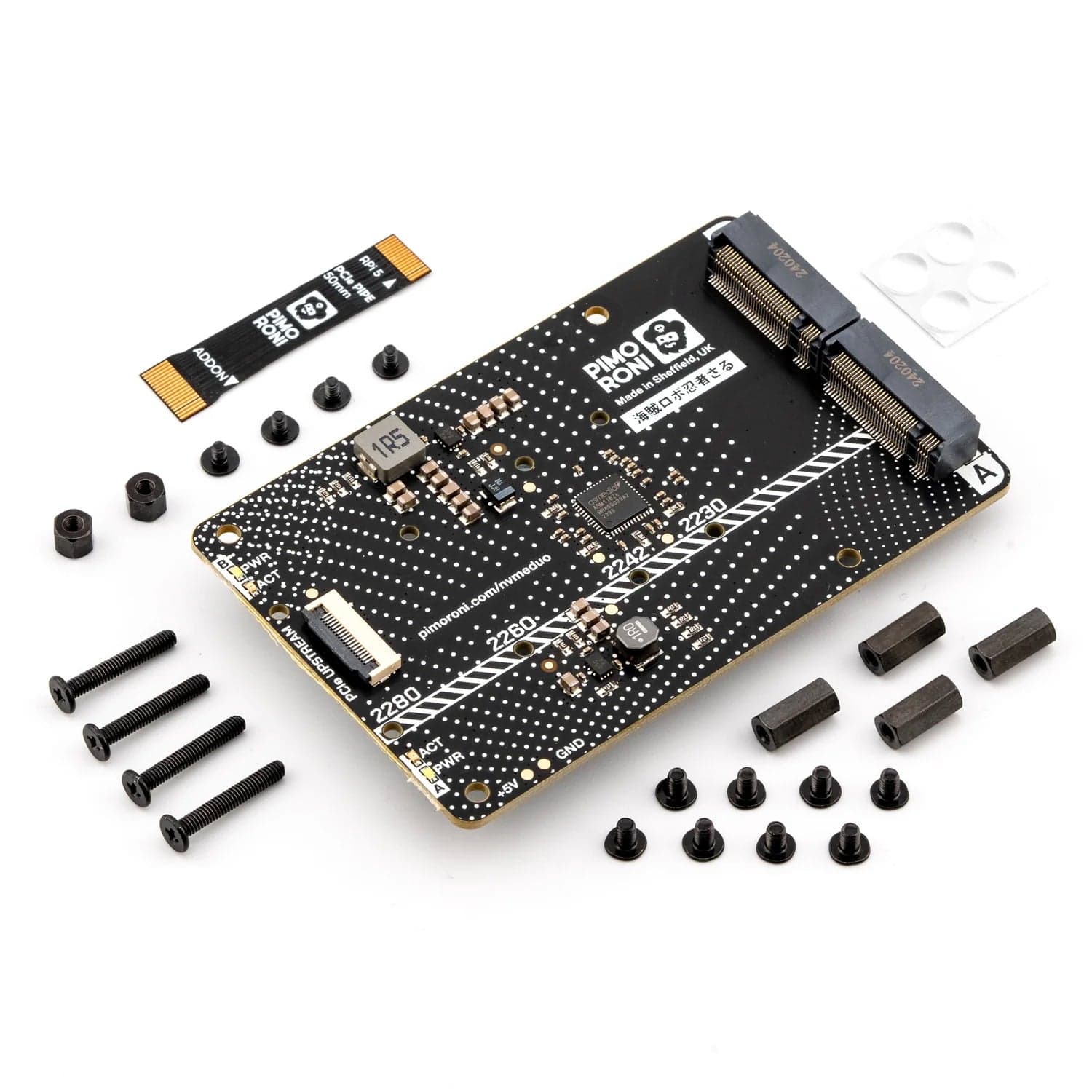
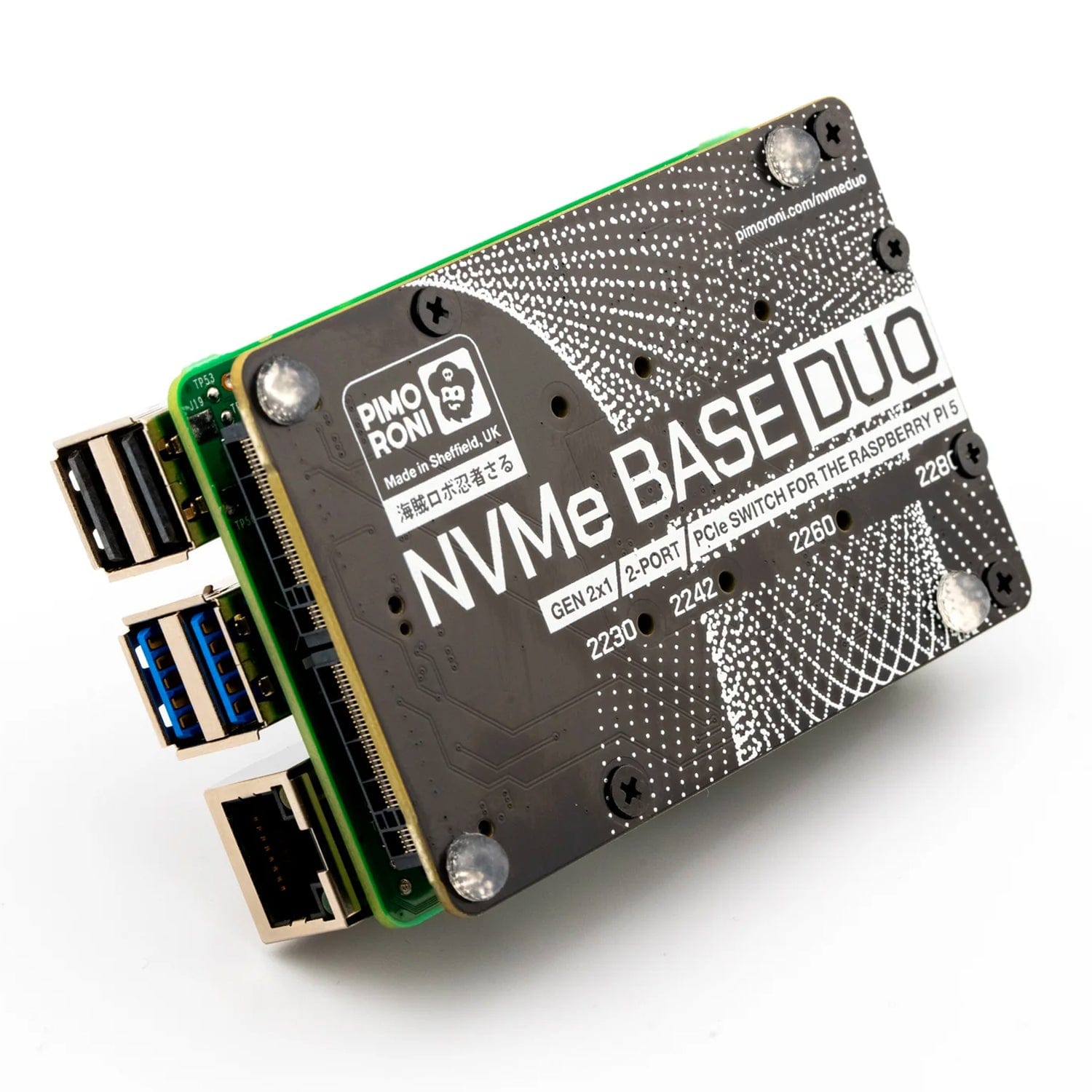
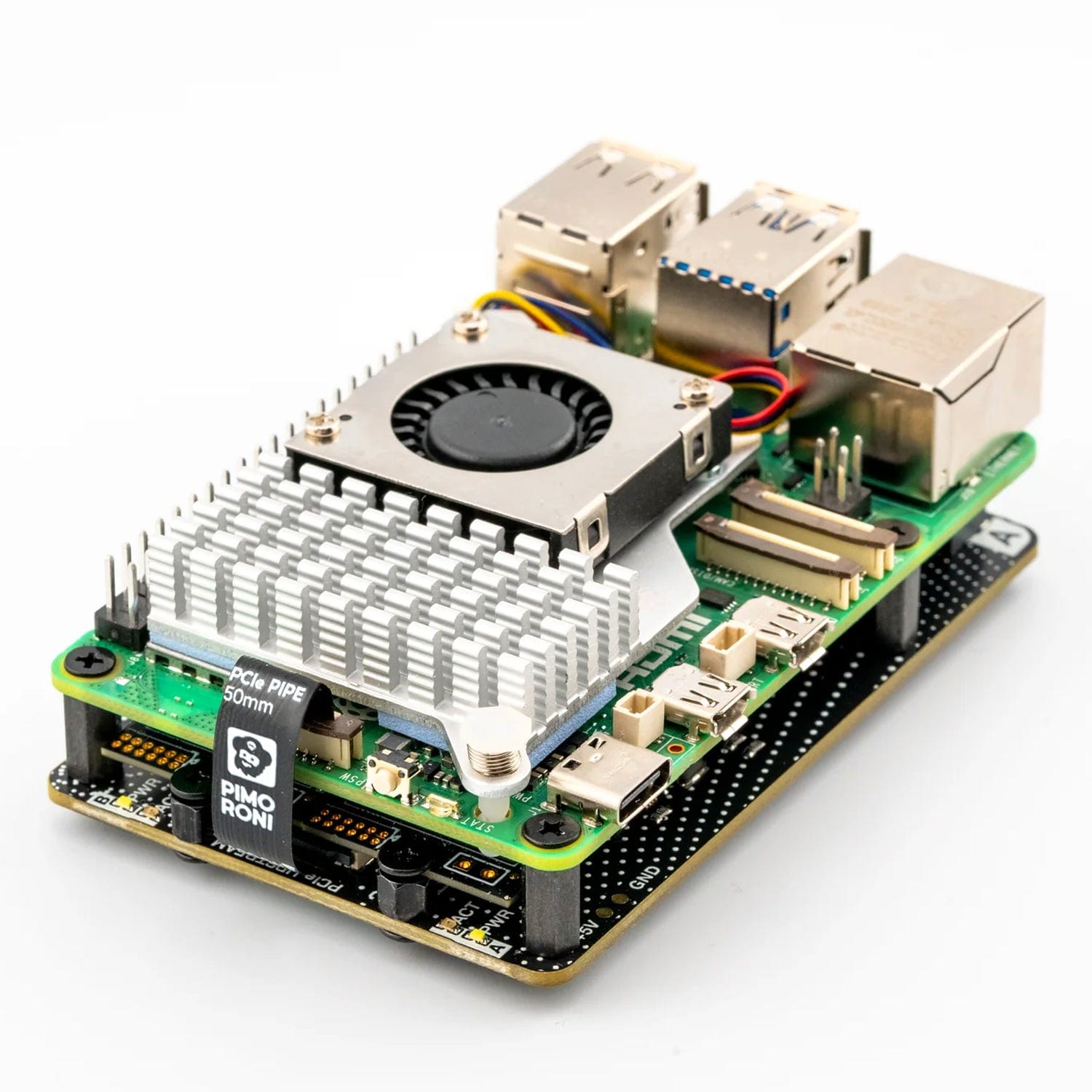
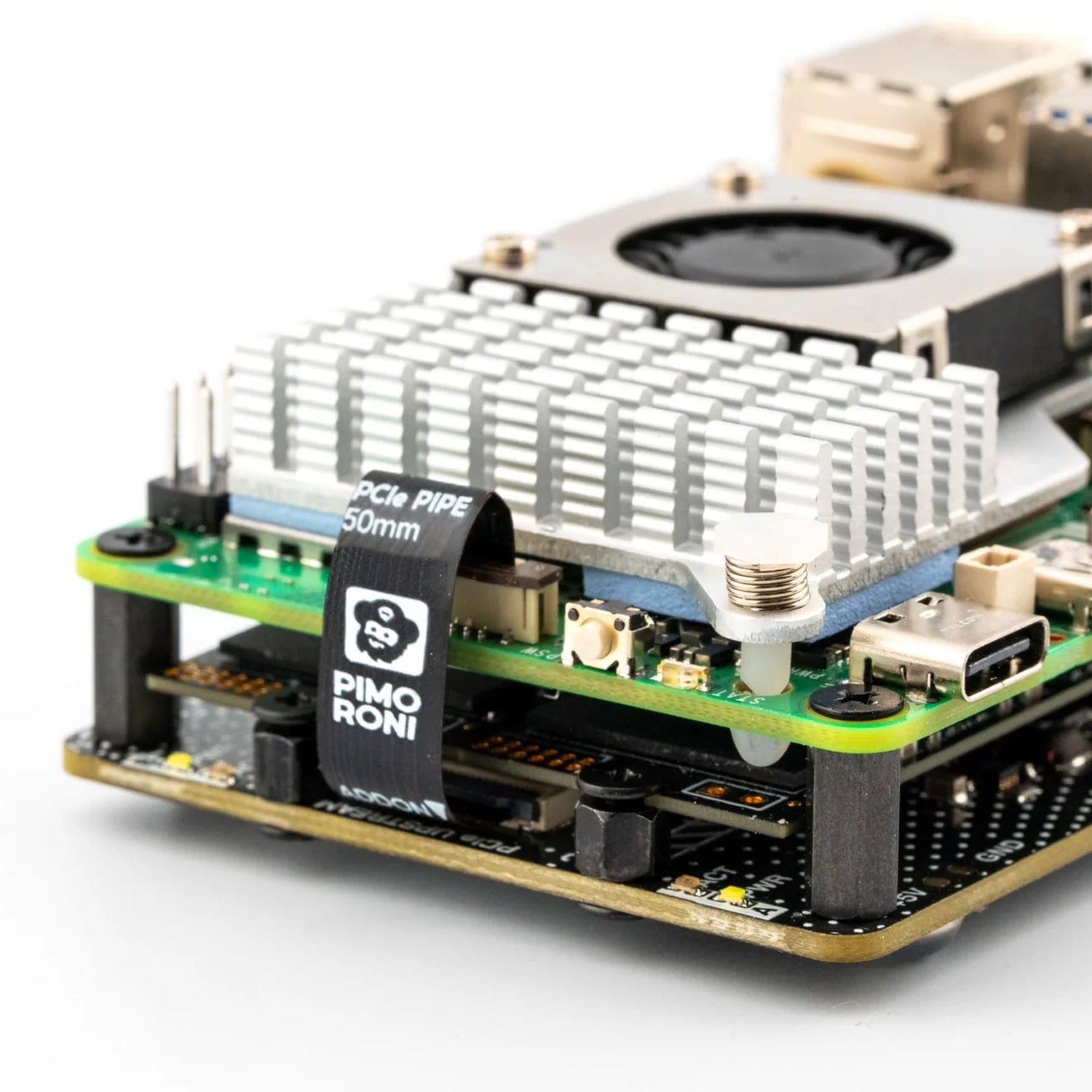
Login / Signup
Cart
Your cart is empty
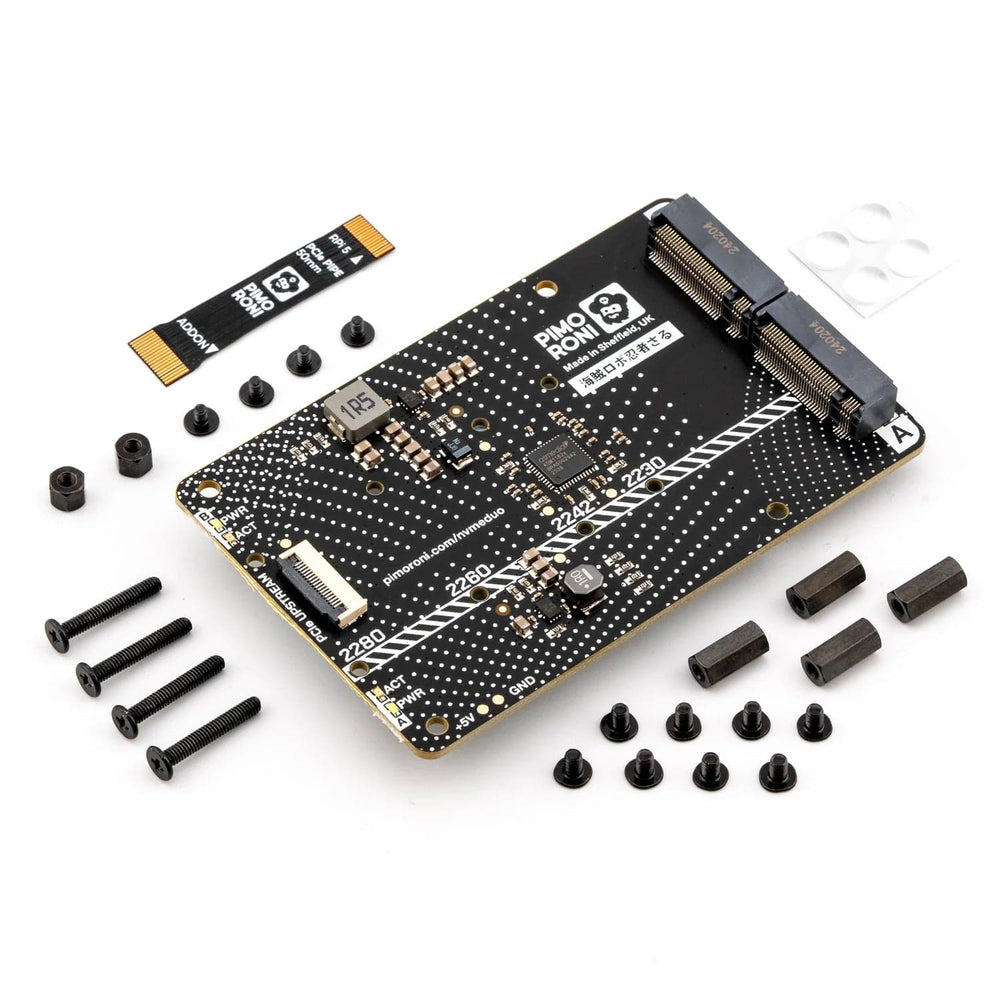
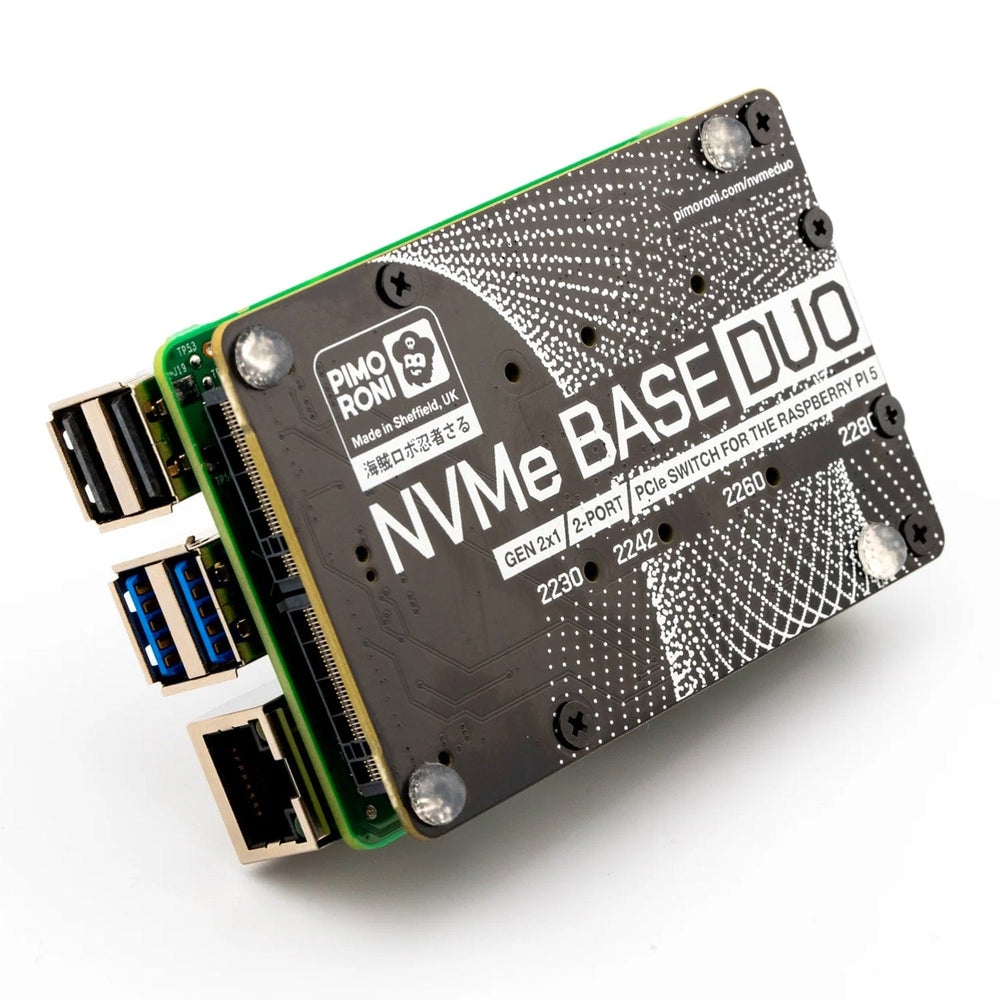
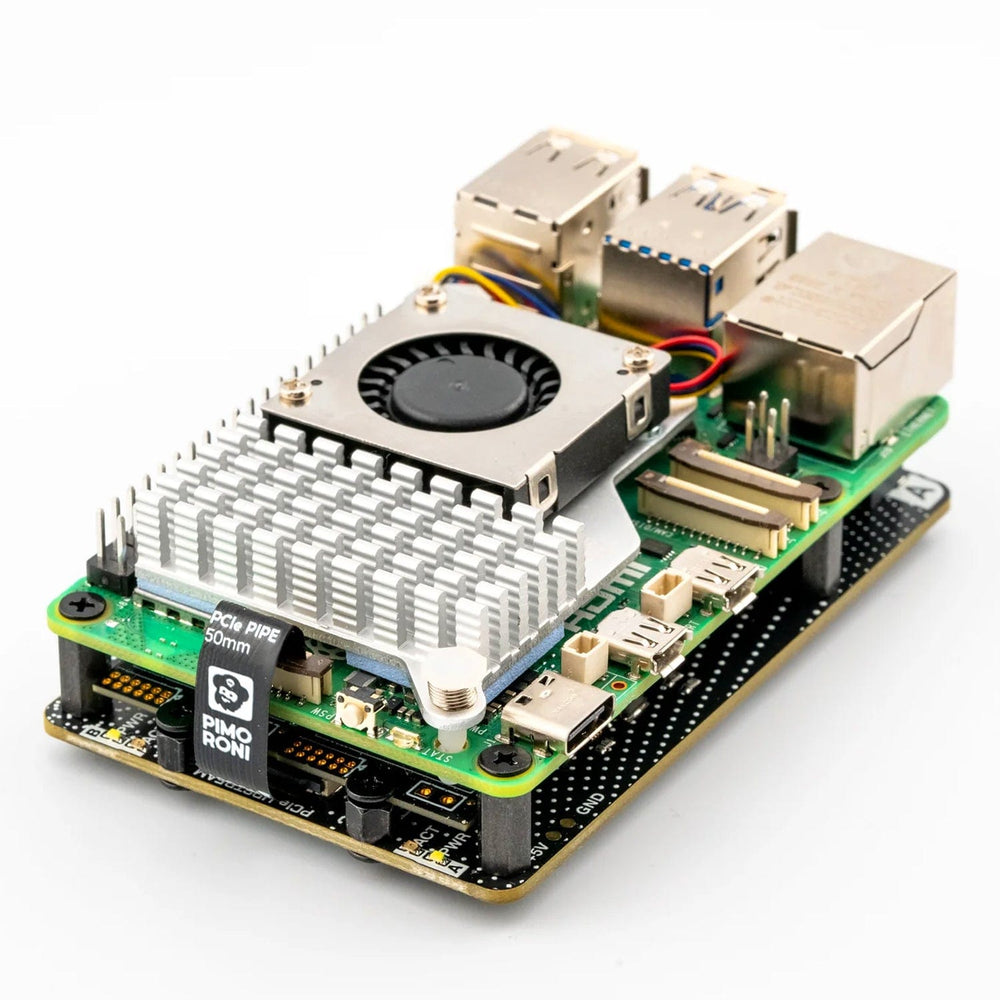
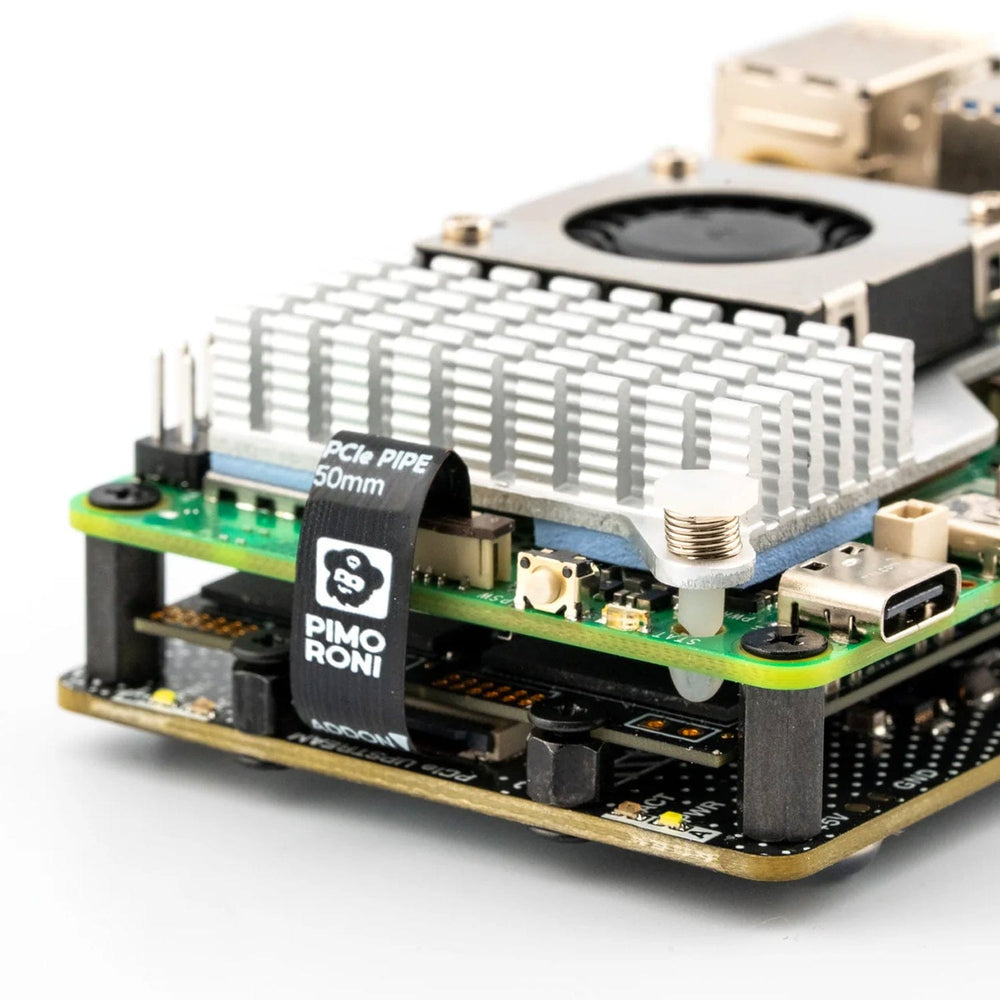
NVMe Base Duo is a PCIe Gen 2 extension board for Raspberry Pi 5. Simply populate it with one or two M-key NVMe SSDs (2230 to 2280 sizes supported) and mount it under (or over) your Pi for a compact and fast storage solution - It even comes with rubber feet!
It's the perfect solution for turning your Raspberry Pi 5 into a file server, media centre, reverse proxy, home automation server with built-in backup, etc. - really any task that benefits from large amounts of fast storage, redundancy, or just to make use of a couple of spare disks - especially with random high operations per second (IOPS) workloads. In short, it's a game-changer!
NVMe Base Duo follows the new "PIP" design guidelines provided by Raspberry Pi ensuring that it will be easy to use and be supported long-term by updates to Raspberry Pi OS - though it is very early days and things are improving rapidly there!
We recommend running the Raspberry Pi 5 at PCIe Gen 2 x 1 speeds with this Base. The total throughput is around 450MB/sec, or 220MB/sec+ per disk for simultaneous access as they share the bandwidth through the PCIe switch.
We also stock the standard NVMe Base from Pimoroni.
NOTE: It is now possible to boot from NVMe drives installed on NVMe Base Duo! Make sure your Raspberry Pi firmware is updated to the most recent version (17/05/24 or later).
We've tested NVMe Base Duo with the following drives successfully. We have usually tested one drive from one batch, so this is not comprehensive, or an 'Approved' list, but it's a good guide for drives to seek out.
In general, as the drives are behind the switch and not being used at boot we’ve found a much wider range of drives to be working and useful compared to the standard NVMe Base.
'Avoid' List. We've had problems or reports of problems.
Otherwise, most M.2 NVMe drives (not SATA!) you have lying around should work fine.
Check out our benchmark results at pibenchmarks.net!
For the most hassle-free experience, make sure your Raspberry Pi OS is up to date, and your RPi 5 firmware is updated to 2023-12-06 (Dec 6th) or newer. This supports all the features of the RPi PCIe spec and means you don't have to mess with config files to get started.
Software update on the RPi OS should do this for you, but to force it you can:
sudo raspi-config and choose 'Latest' under Advanced Options > Bootloader Version.Running sudo rpi-eeprom-update in the Terminal will tell you which version of firmware is running.





